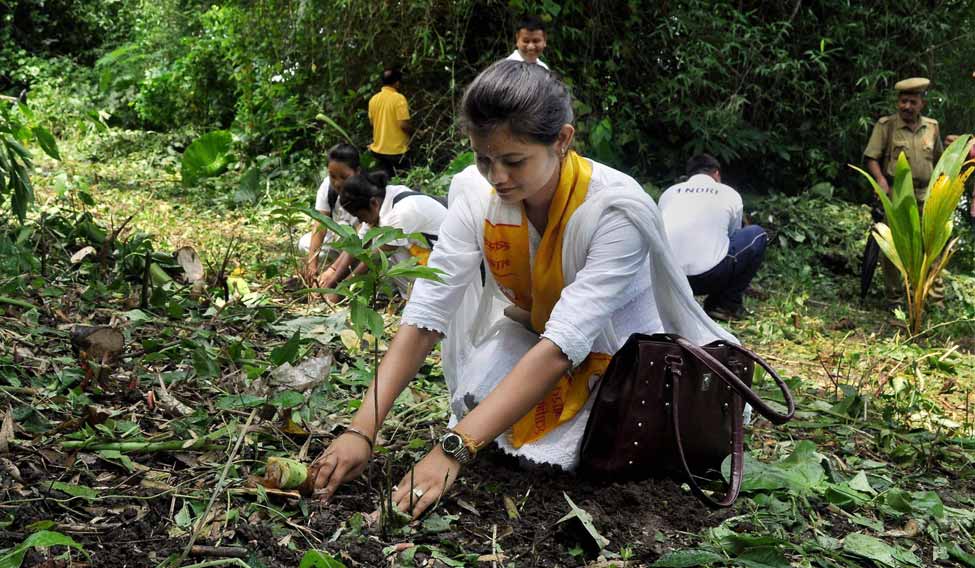Climbing trees, playing in the fields and cloud watching were probably common pastimes of childhood. Not anymore, though. How many children these days get a chance to venture out into natural surroundings, and engage with nature. Even playtimes have been restricted to structured, man-made play areas.
As we celebrate World Environment Day on June 5, it is important to spare a thought on how to help children to be in tune with nature. The theme this year is 'Connecting people with nature'. Here are a few tips to help children forge a relationship with nature.
1. Plant a tree: Well, isn't this what the whole world is doing today? Plant a tree to honour the day, and forget about the sapling for a greater part of the year. To help children connect with nature, it is essential to not make this a one-day affair. Plant a tree on special days such as birthdays. India's forest department also promotes a concept of Nakshatra Van, with a different species of tree associated with each astrological birth sign. This can be done at home,too, which, in turn, will help children connect with the trees. Naming trees at home after family members is also a good idea. Let them water and tend to the saplings and take responsibility. If space constraints do not allow you to plant trees, try small flowering plants or vegetables in your backyard, terrace or balcony garden.
2. Enrol them in an activity: While nature clubs are active in most schools, enrolling children in activities like citizen science projects will encourage them to keep an eye on the environmental changes around them. Through citizen science projects, users are encouraged to watch changes in their surroundings, and record them in a database, which will be used for studies. Though citizen science projects are taking baby steps in India, the National Centre for Biological Sciences has launched two projects—SeasonWatch and MigrantWatch—in which both children and adults can participate. In SeasonWatch, participants have to pick a tree in their surroundings, and observe it—changes like flowering, fruit, and leaves. This is an effort to understand how climate affects the seasonal activity of plants. In fact, SeasonWatch has been initiated in many schools in Kerala. MigrantWatch is a similar project, except it keeps an eye on the hundreds of species of migratory birds that visit us every year. Activities like these encourage student groups to actively participate in science.
3. Go on a hike: A film, or a trip to the amusement park may be the most convenient options for an outing with kids. However, next time, grab a trail map and try taking the little ones on a hike—not of the difficult type, of course. Let them make the climb, walk amidst nature, and observe flora and fauna. These trips, camping, and fishing inspire children to connect with nature. It may not be easy in the beginning, but give it a try. On these trips, talk to your children about the different animals that you spot. Trips to such places will also be an eye-opener for children to understand the harm being done to nature.
NATURE
Help kids connect with nature on World Environment Day
 A girl plants a sapling at Umananda island surrounded by the Brahmaputra on the occasion of World Environmental Day in Guwahati | PTI
A girl plants a sapling at Umananda island surrounded by the Brahmaputra on the occasion of World Environmental Day in Guwahati | PTI
This browser settings will not support to add bookmarks programmatically. Please press Ctrl+D or change settings to bookmark this page.
THE WEEK
Select your subscription
Please select subscription.
Select payment method
Please select payment method.
Confirm your subscription
Recharge E-Wallet
Enter recharge amount:
Topics :
#environment






